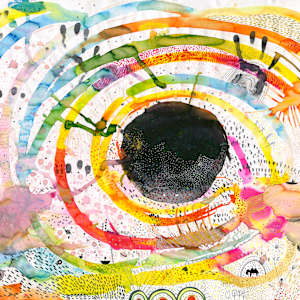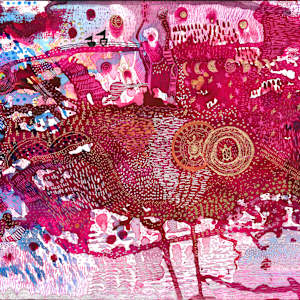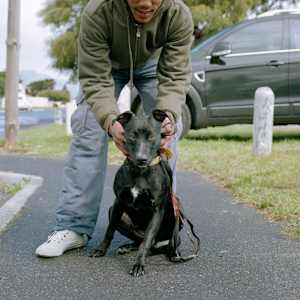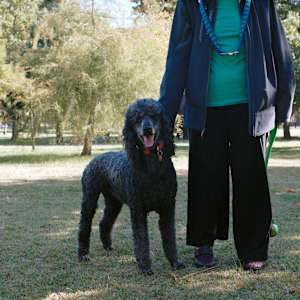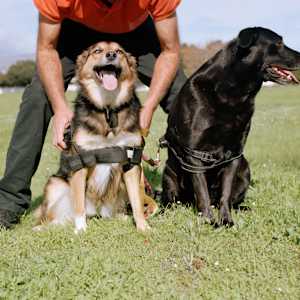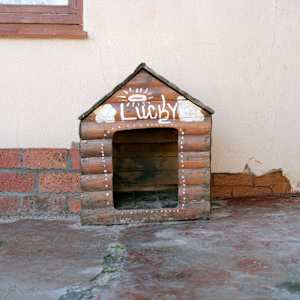Conception
“From a spilled bottle of ink on a yellow‑wood bench, Conception unfurls a five‑year dialogue between child‑like abandon and adult precision.”
Conception is a body of work that has unfolded over the past five years, some pieces finished only recently, others revived after long periods of dormancy. Its journey began, and ultimately returned, to the same place: my dining‑room table.
In 2021, a year marked by rupture, I sat with my daughter and painted the first work in the series, Annihilation. As I lifted the brush, my younger self resurfaced, the child who once perched on those same yellow‑wood benches, fearless with a paintbrush, certain in her joy.
This series is our collaboration. Her wildness initiates each piece with an ink spill; my adult hand follows with pen, laying down meticulous, repetitive marks. Together we recolour memory, weaving play with precision, curiosity with care.
Conception weaves themes of rites of passage: birth, youth, adolescence, motherhood, and death, as cycles that shape and reshape identity. It explores the tension between fear and creativity, memory and renewal, doubt and expression.
At its heart, the work is a quiet reclaiming: a way of moving forward by painting with the child I once was.
Current
There is something about being underwater that makes me feel both incredibly present, but also safe and tremendously separate from everything.
I was drawn to a literal interpretation of the theme 'current' and felt compelled to immerse myself in the sea for these shots.
I had borrowed a Nikon camera in an underwater housing and once I was in the water I quickly realised I didn't know what I was doing. The water was murky and kept pushing me around in surges with the tide. Those first few times in the water, I was so out of my depth, not only being pushed around, but also trying to figure out where the buttons on the Nikon were was a very frustrating process.
I then decided to buy a simple underwater bag and began to shoot with my Canon, which I am much more familiar with and the images began to get clearer, but funnily enough – less interesting.
Those first images I managed to get were blurry and abstract and remained the most evocative to me. So I have ended up where I began with these ghost-like images that, to my mind, best convey the fleeting and transient moments that I experienced underwater. These images open a dialogue on the interpretations of 'current' on different levels; firstly the literal current of the sea, which I experienced while photographing and secondly, capturing the current moment as an ephemeral and haunting image that speaks more to a feeling than a detail of the present moment.
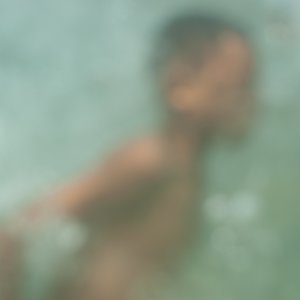
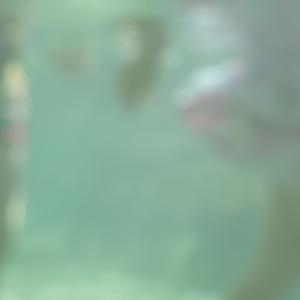
Lucky
Lucky investigates the intertwined histories of humans and dogs in contemporary South Africa,
treating each canine companion as a living archive of social stratification, migration, and power.
Drawing on Sandra Swart’s ethnographic reading of dogs as cultural signifiers (2003) and building upon the visual anthropology of Graham Hughes and the animal‑gaze discourse of Laura Mulvey, the series positions the dog‑owner dyad as a micro‑political site where authority, belonging, and resistance surface in everyday gestures.
treating each canine companion as a living archive of social stratification, migration, and power.
Drawing on Sandra Swart’s ethnographic reading of dogs as cultural signifiers (2003) and building upon the visual anthropology of Graham Hughes and the animal‑gaze discourse of Laura Mulvey, the series positions the dog‑owner dyad as a micro‑political site where authority, belonging, and resistance surface in everyday gestures.
Shot on medium‑format film, the work demands a slower, more contemplative presence, allowing the photographer to inhabit the same temporal rhythm as the subjects. This deliberate pacing uncovers subtle details: hand placement, leash tension, the texture of a worn collar, that betray socioeconomic status, gendered expectations, and regional identities.
An initially pragmatic decision to omit owners’ faces, prompted by concerns over illegal dog‑fighting associations, has become a formal device of “strategic anonymity.” By erasing the conventional focal point of the human gaze, the images compel viewers to read relational cues, thereby exposing the invisible hierarchies that govern care, control, and co‑existence.
Lucky thus operates as both a social portrait and a meditation on the materiality of connection, asking:
how much of who we are can be read in the way we hold, protect, or restrain the animals that walk beside us?
how much of who we are can be read in the way we hold, protect, or restrain the animals that walk beside us?

